Home>Renovation & DIY>Tools & Equipment>What Grit Of Sandpaper For Painted Wood
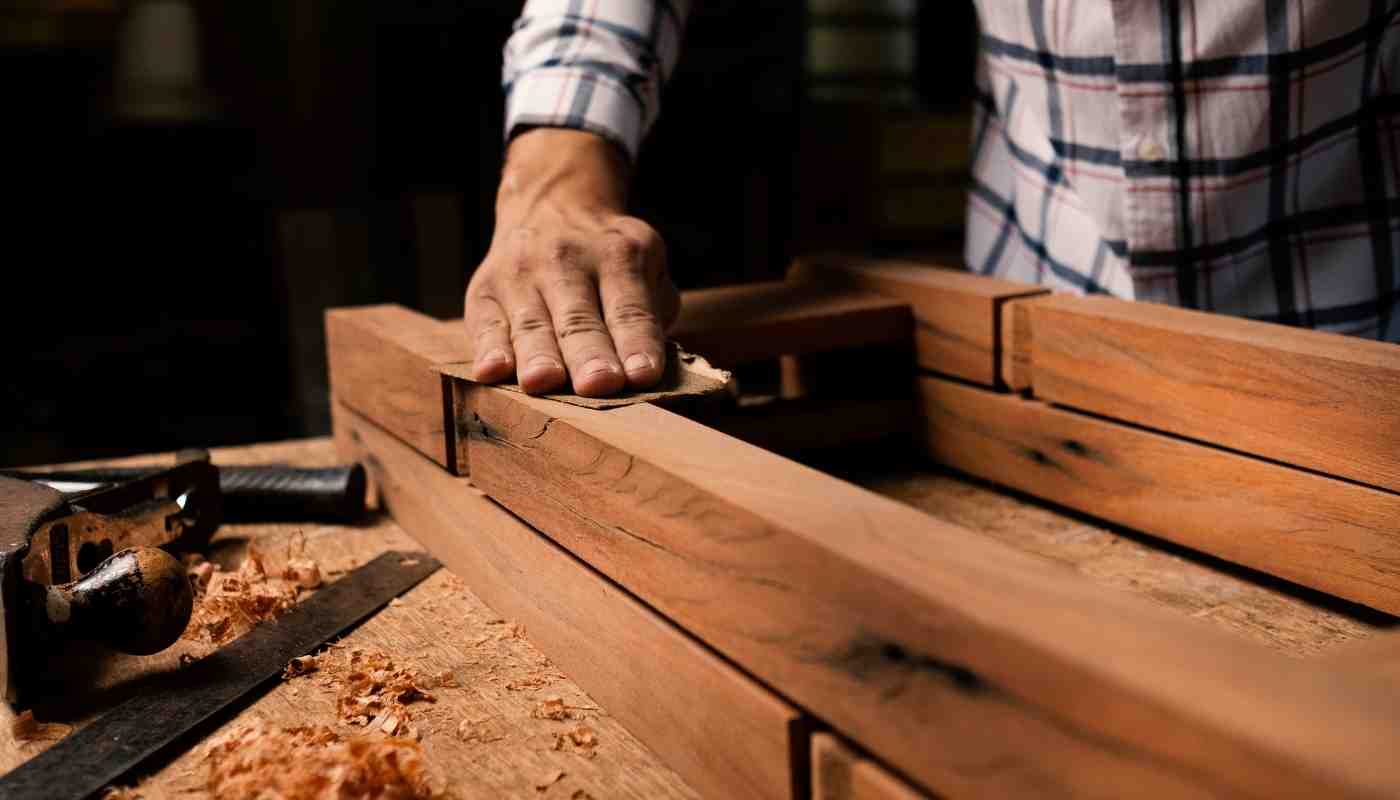

Tools & Equipment
What Grit Of Sandpaper For Painted Wood
Modified: January 9, 2024
Looking for the right grit of sandpaper for painted wood? Explore our extensive range of tools and equipment for all your sanding needs.
(Many of the links in this article redirect to a specific reviewed product. Your purchase of these products through affiliate links helps to generate commission for Storables.com, at no extra cost. Learn more)
Introduction
When it comes to working with painted wood, achieving a smooth and pristine finish is crucial. Whether you’re refinishing furniture, sanding away imperfections, or preparing the surface for a fresh coat of paint, the right grit of sandpaper can make all the difference.
Sandpaper comes in a variety of grit levels, each designed to serve a specific purpose during the sanding process. By understanding these grit levels and knowing which ones to use for painted wood, you can ensure that your project turns out beautifully.
In this article, we will explore the different grit levels of sandpaper and discuss important factors to consider when working with painted wood. We will also provide you with recommendations on choosing the right grit for your specific needs, helping you achieve outstanding results in your woodworking ventures.
Key Takeaways:
- Choose a medium grit (80-120) sandpaper as a versatile starting point for painted wood projects, then assess the surface to determine if a coarser or finer grit is needed. Take breaks to evaluate progress and maintain consistent sanding patterns for a professional finish.
- Consider the condition of the painted surface, paint thickness, and personal preference when selecting sandpaper grit for painted wood. Use a progressive approach, starting with a more aggressive grit and gradually moving to finer grits for optimal results.
Read more: What Grit Sandpaper Before Painting Wood
Understanding Grit Levels of Sandpaper
Before diving into the specific grit levels for painted wood, it’s important to have a clear understanding of what each grit level represents and how it affects the sanding process.
Sandpaper is categorized by its grit level, which refers to the coarseness or fineness of the abrasive particles embedded on its surface. The grit level is denoted by a number and determines the aggressiveness of the sanding action.
In general, the higher the grit number, the finer the sandpaper and the smoother the finish it will provide. Conversely, lower grit numbers indicate coarser sandpaper that is better suited for initial rough sanding or removing larger imperfections.
Here is a breakdown of the common grit levels and their recommended uses:
- Coarse Grits (40-60): These grit levels are ideal for heavy material removal, such as stripping paint or smoothing rough surfaces. Use them sparingly on painted wood to avoid damaging the underlying surface.
- Medium Grits (80-120): Medium grit sandpaper is suitable for general purpose sanding. It can be used to smooth out moderate imperfections, remove minor paint blemishes, and prepare the surface for priming and painting.
- Fine Grits (150-220): Fine grit sandpaper is excellent for achieving a smooth surface and preparing wood for finishes. It is ideal for light sanding between coats of paint, removing small paint drips or bubbles, and achieving a polished, even finish.
- Extra-Fine Grits (240+): Extra-fine grit sandpaper is perfect for final finishing touches. It is used for sanding between layers of paint or varnish to achieve an ultra-smooth, glass-like finish.
Keep in mind that sandpaper with extremely high grit levels, such as above 1000, is often used in specialized applications like automotive paint polishing or fine woodworking projects that require an exceptional level of smoothness.
Now that we have a grasp of the different grit levels and their purposes, let’s delve into the considerations for choosing the right grit for painted wood.
Factors to Consider for Painted Wood
When working with painted wood, there are several factors to take into consideration when determining the appropriate grit level of sandpaper to use. These factors will help you achieve the best results while ensuring the integrity of the painted surface.
1. Condition of the Painted Surface: Assess the condition of the painted wood. If the surface is in good shape with minor imperfections, a fine grit sandpaper may be sufficient. However, if there are deep scratches or rough areas, starting with a coarser grit will be necessary for effective leveling.
2. Paint Thickness: Consider the thickness of the paint layer. If the paint is thick or heavily layered, it may require more aggressive sanding with a coarse or medium grit to remove the excess. Be cautious not to sand too deeply and expose the bare wood beneath the paint.
3. Type of Paint: Different types of paint may have differing hardness and adhesion characteristics. For softer paint finishes, a finer grit may be adequate for achieving a smooth surface. However, harder finishes may need a coarser grit to remove any inconsistencies.
4. Sanding Speed: The grit level you choose will also depend on how quickly you want to sand the painted wood. Coarser grits remove material faster but leave a rougher surface, while finer grits require more time and effort but result in a smoother finish. Consider the time constraints you have and the desired outcome.
5. Personal Preference: Ultimately, personal preference plays a role in choosing the grit level. Some individuals prefer a smoother, more polished look, while others may prioritize efficiency and opt for a coarser grit. Consider the final look you want to achieve and adjust your grit choice accordingly.
By evaluating these factors, you can make an informed decision when selecting the appropriate grit level for your painted wood project. Now let’s move on to the specific recommendations for different sandpaper grits.
For sanding painted wood, start with 120-150 grit sandpaper to remove the old paint and smooth the surface. Then, use 180-220 grit for a finer finish before painting or staining.
Choosing the Right Grit for Painted Wood
When it comes to choosing the right grit for painted wood, it’s crucial to strike a balance between effective paint removal and preserving the integrity of the underlying surface. Here are some guidelines to help you make an informed decision:
1. Start with a Medium Grit: If you’re unsure where to begin, it’s generally a safe bet to start with a medium grit sandpaper, such as 80-120. This grit range is versatile and can remove minor imperfections without being overly aggressive.
2. Assess the Painted Surface: Carefully examine the painted wood surface and determine its condition. If there are only minor flaws or you’re working on a delicate project, you can move directly to a fine grit sandpaper and skip the coarser options.
3. Consider the Paint Thickness: If the paint layer is thick or uneven, you may need to begin with a coarser grit, such as 40-60, to level the surface and remove imperfections. Once the majority of the paint is removed, you can switch to a finer grit for final smoothing.
4. Multiple Grit Approach: For the best results, it’s often beneficial to use a progression of sandpaper grits. Start with a coarser grit for initial paint removal, then move to a medium grit to refine the surface, and finish with a fine or extra-fine grit for a smooth, polished finish.
5. Test and Evaluate: Before committing to a specific grit, it’s always a good idea to test it on an inconspicuous area of the painted wood. This will allow you to assess the impact of the sandpaper on the paint and make adjustments if necessary.
Remember, the goal is to achieve a smooth and even surface without compromising the painted finish. Be patient and thorough during the sanding process to ensure optimal results.
Now, let’s move on to the specific sandpaper grit recommendations for painted wood surfaces.
Sandpaper Grit Recommendations for Painted Wood
When it comes to sanding painted wood, selecting the right grit level can significantly impact the final outcome. Here are some recommended grit levels for specific sanding tasks on painted wood:
- Coarse Grits (40-60): Use coarse grit sandpaper when you need to remove thick paint layers, deep scratches, or rough patches on painted wood surfaces. This grit is also suitable for sanding down edges and corners.
- Medium Grits (80-120): These grit levels are ideal for general sanding and paint removal. Use medium grit sandpaper to smooth out surfaces, remove minor imperfections, and prepare the painted wood for priming or painting.
- Fine Grits (150-220): Fine grit sandpaper is perfect for achieving a smooth finish on painted wood. It is ideal for sanding between paint coats to remove any drips or bubbles, and for preparing the surface for a final coat of paint or varnish.
- Extra-Fine Grits (240+): For the ultimate smoothness and refinement, use extra-fine grit sandpaper. This grit level is excellent for the final stages of sanding painted wood, providing a polished surface ready for finishing touches.
Remember, it is recommended to start with a medium grit and progress to finer grits as you refine the painted wood surface. This gradual approach ensures that you remove imperfections while minimizing the risk of damaging the underlying surface or removing too much paint.
Additionally, consider using sanding blocks or orbital sanders when working with painted wood to achieve consistent results and avoid uneven sanding patterns.
Always take breaks during the sanding process to assess your progress and ensure that you are achieving the desired level of smoothness. If you find that one grit level is not achieving the desired results, don’t hesitate to adjust and move to a coarser or finer grit as needed.
By following these sandpaper grit recommendations, you will be well-equipped to tackle your painted wood projects with confidence and achieve a flawless finish.
Conclusion
Choosing the right grit of sandpaper for painted wood is essential in achieving a smooth and professional finish. By understanding the different grit levels and considering factors such as the condition of the painted surface, paint thickness, and personal preference, you can make informed decisions and achieve exceptional results in your woodworking projects.
Start with a medium grit sandpaper, such as 80-120, and assess the surface to determine if a coarser or finer grit is needed. Remember to use a progressive approach, starting with a more aggressive grit and gradually moving to finer grits for optimal results.
When working with painted wood, take breaks to evaluate your progress and ensure that you are achieving the desired level of smoothness. Sanding blocks or orbital sanders can help maintain consistent sanding patterns and achieve a professional finish.
Keep in mind that every project is unique, and experimenting with different grit levels may be necessary to find the perfect balance for your specific needs. Don’t hesitate to test sandpaper on a small, inconspicuous area to ensure it yields the desired results before proceeding with the entire surface.
By following these guidelines and recommendations, you can confidently tackle your painted wood projects and achieve exceptional results. Remember to exercise patience, use proper sanding techniques, and take pride in the transformation of your painted wood surfaces.
So whether you’re refinishing furniture, sanding away imperfections, or preparing painted wood for a fresh coat, choosing the right grit of sandpaper will make a significant difference in the outcome of your project. Embrace the process, enjoy the journey, and revel in the satisfaction of a beautifully finished piece.
Frequently Asked Questions about What Grit Of Sandpaper For Painted Wood
Was this page helpful?
At Storables.com, we guarantee accurate and reliable information. Our content, validated by Expert Board Contributors, is crafted following stringent Editorial Policies. We're committed to providing you with well-researched, expert-backed insights for all your informational needs.
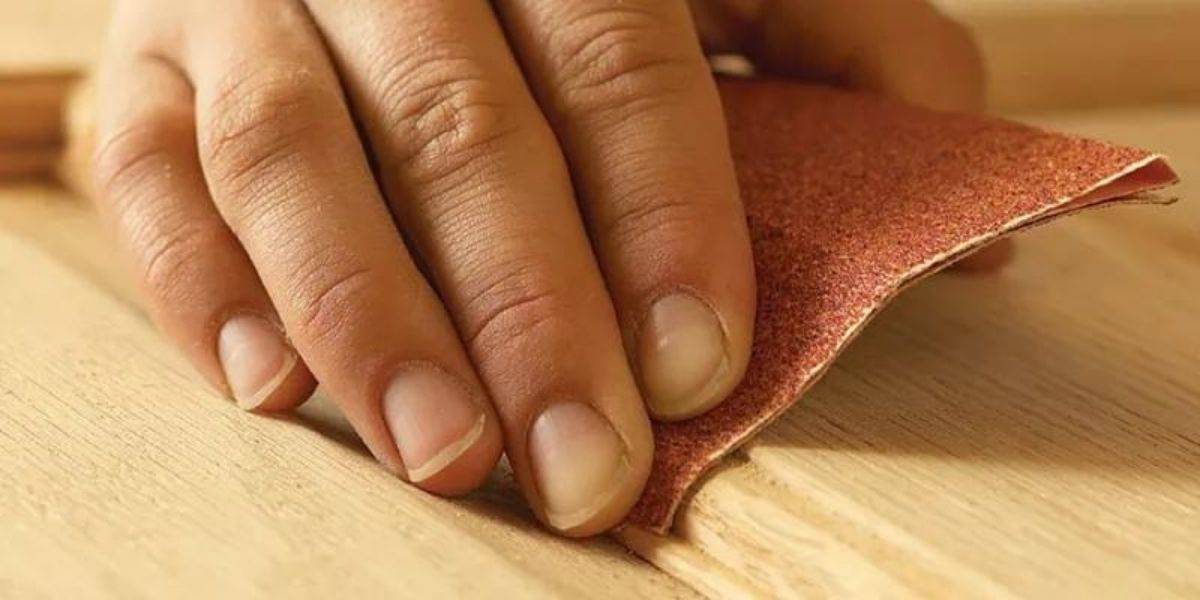
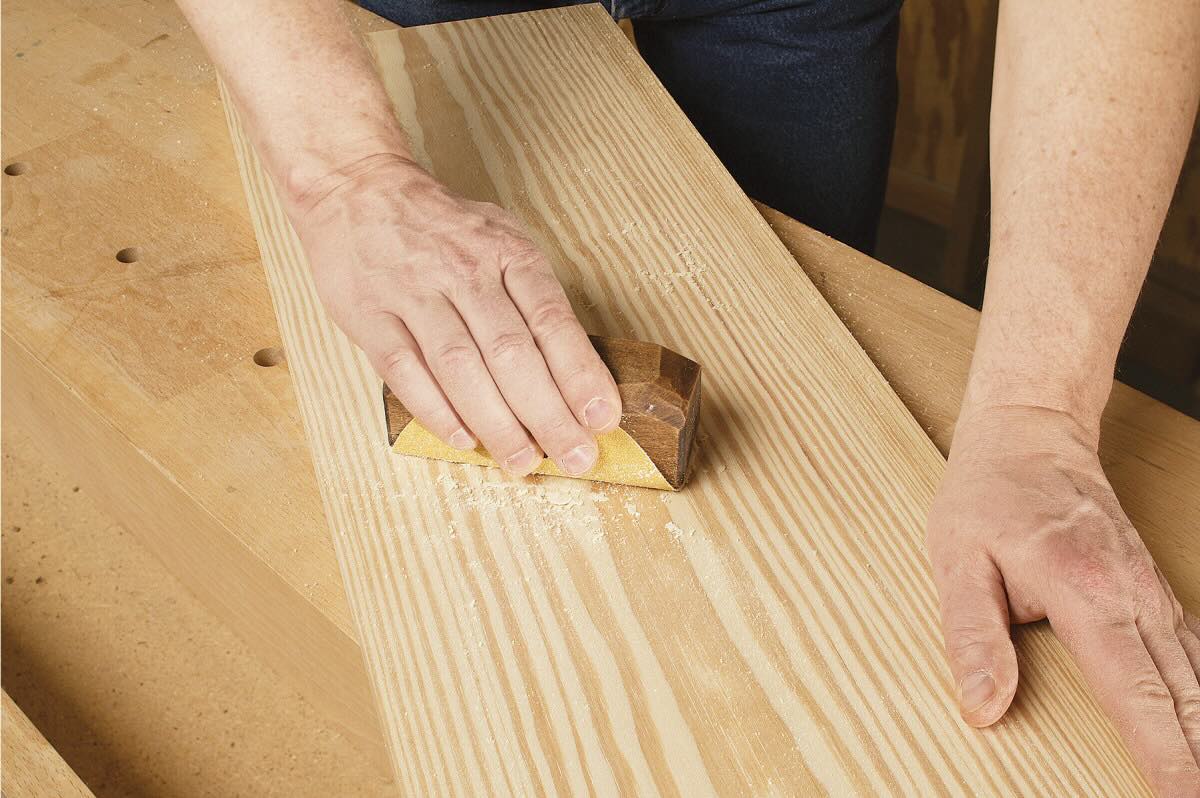
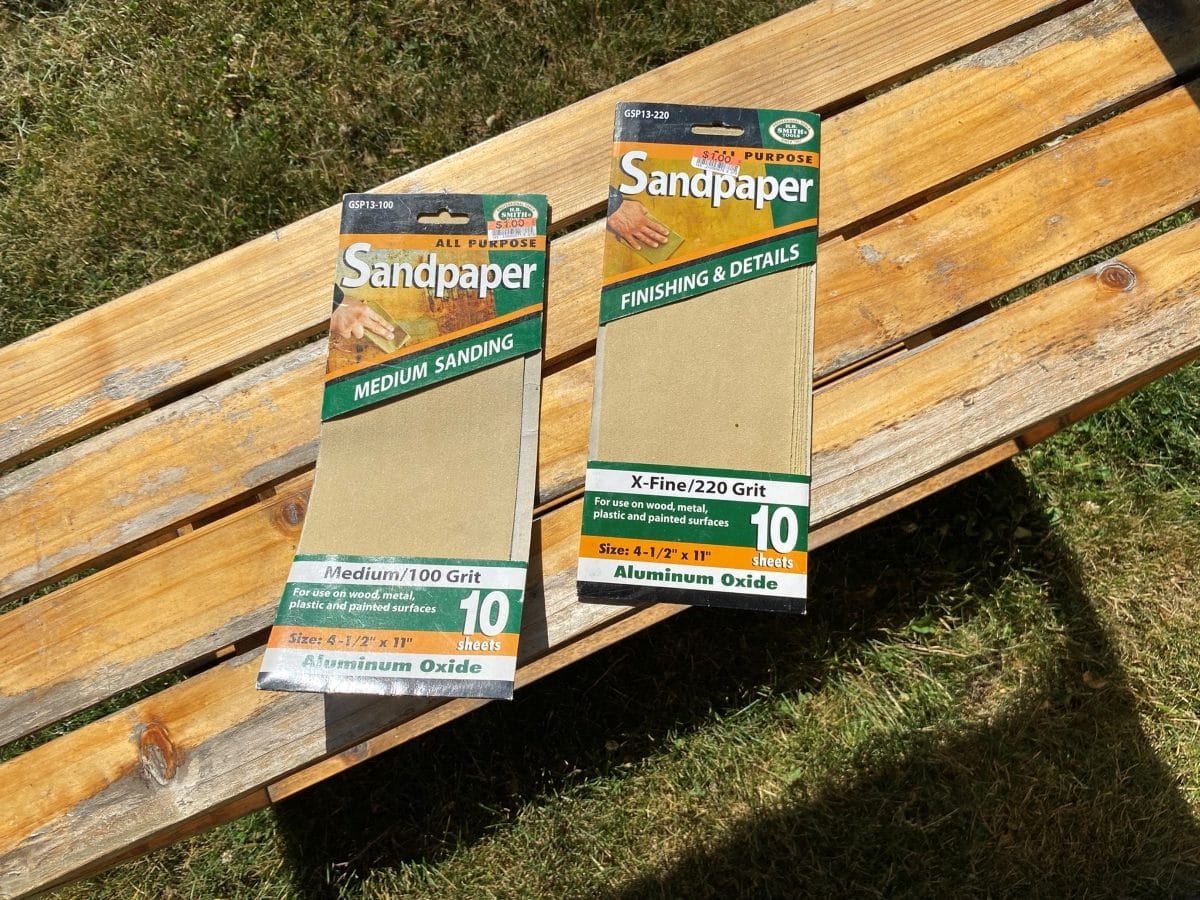
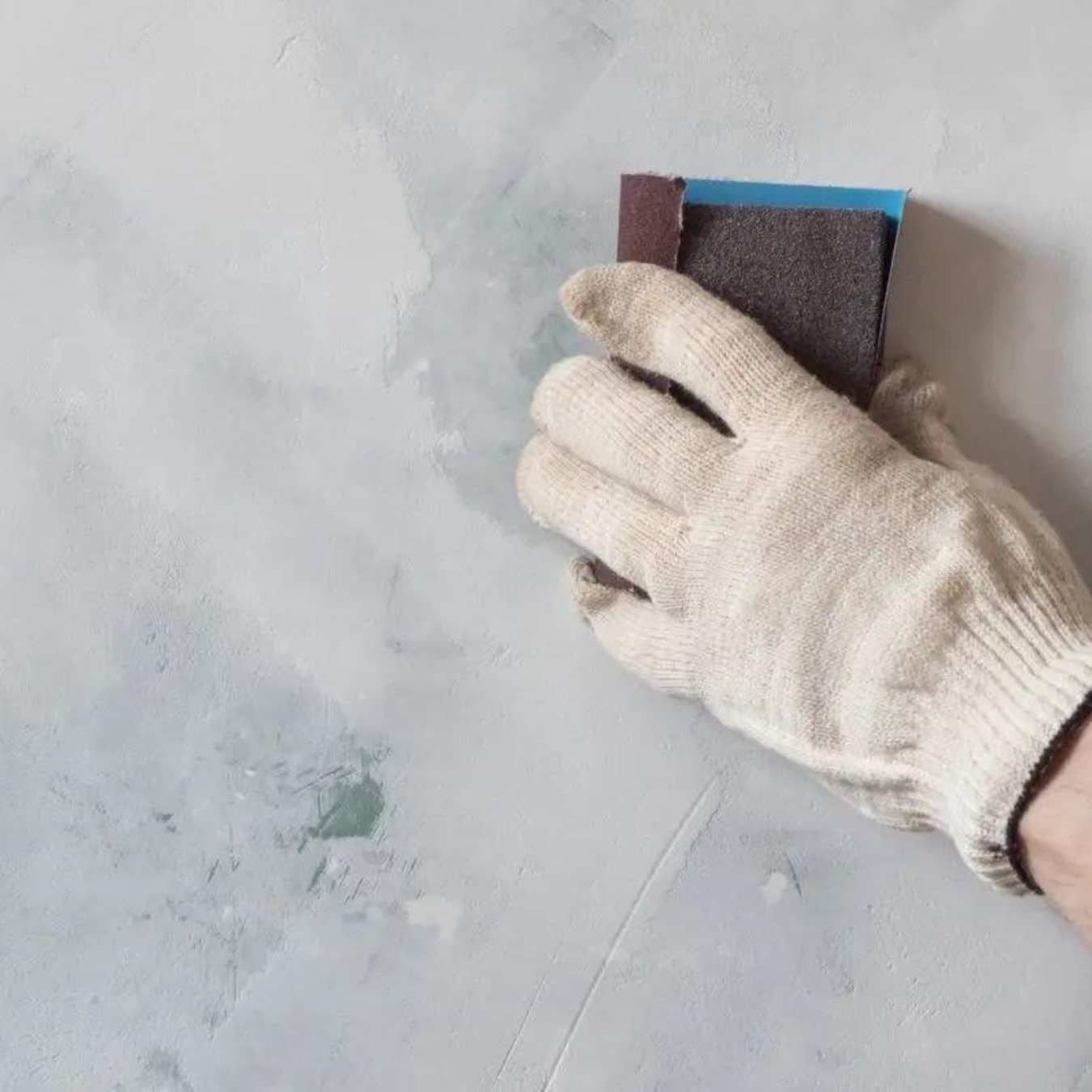
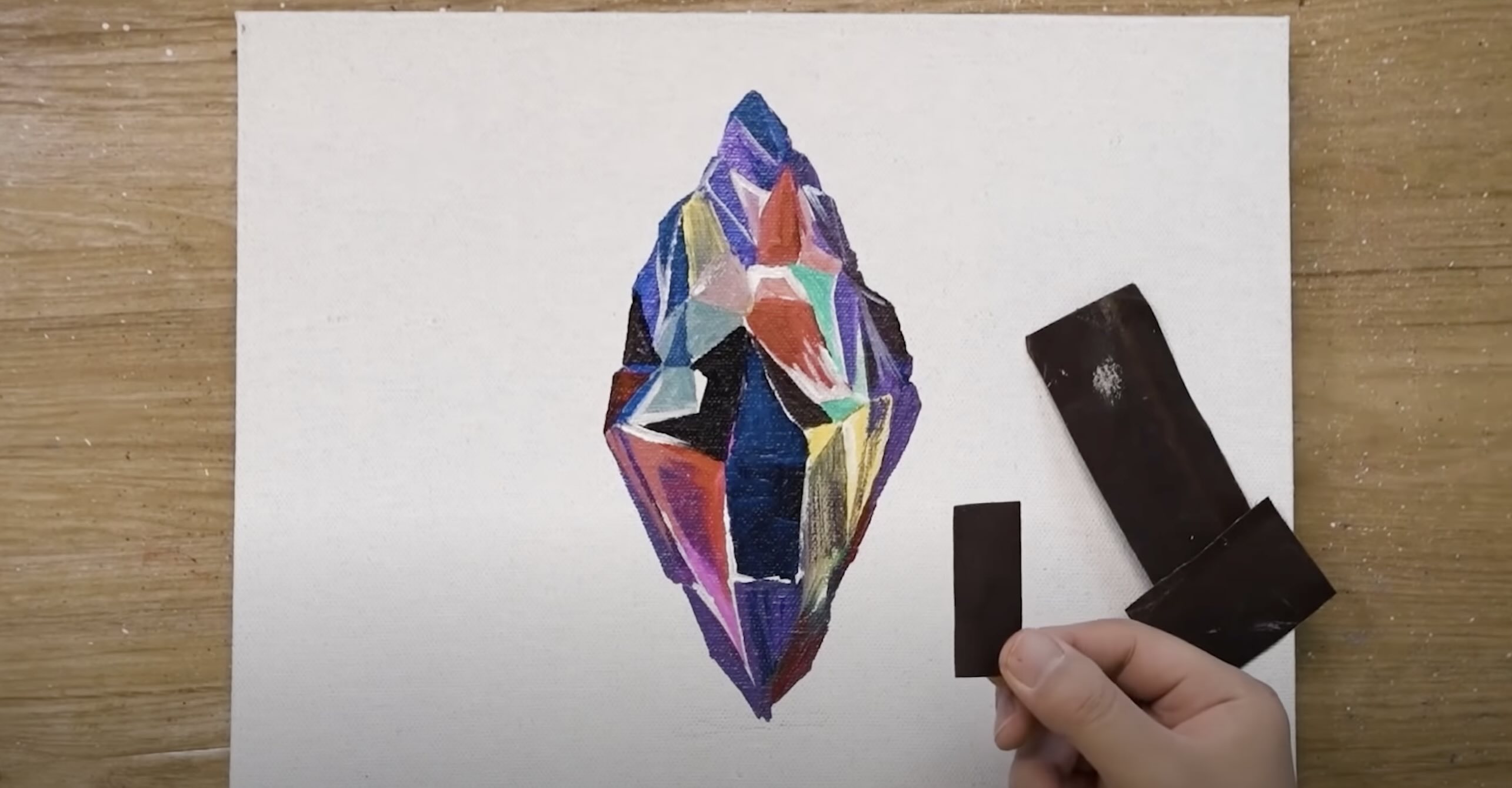
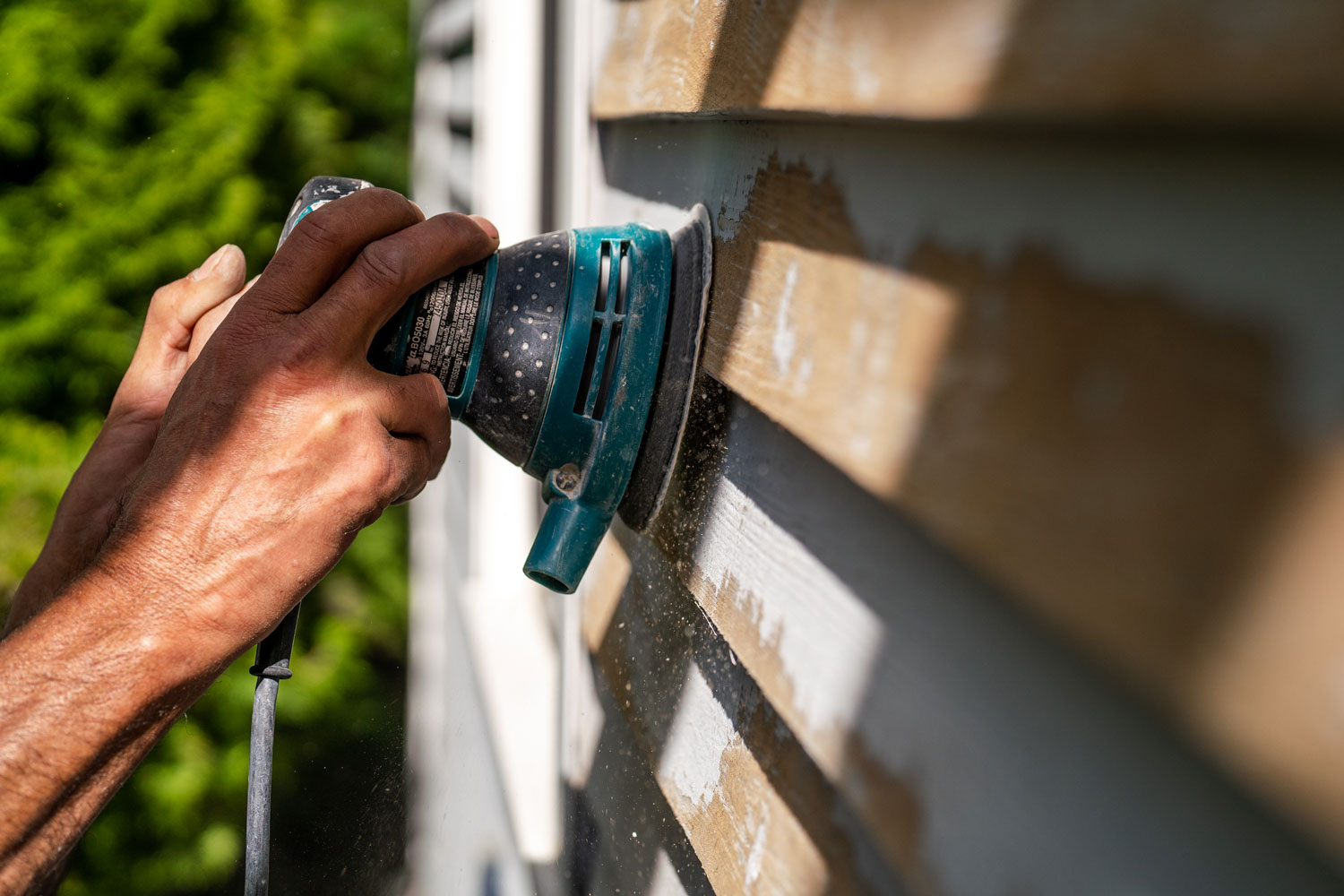
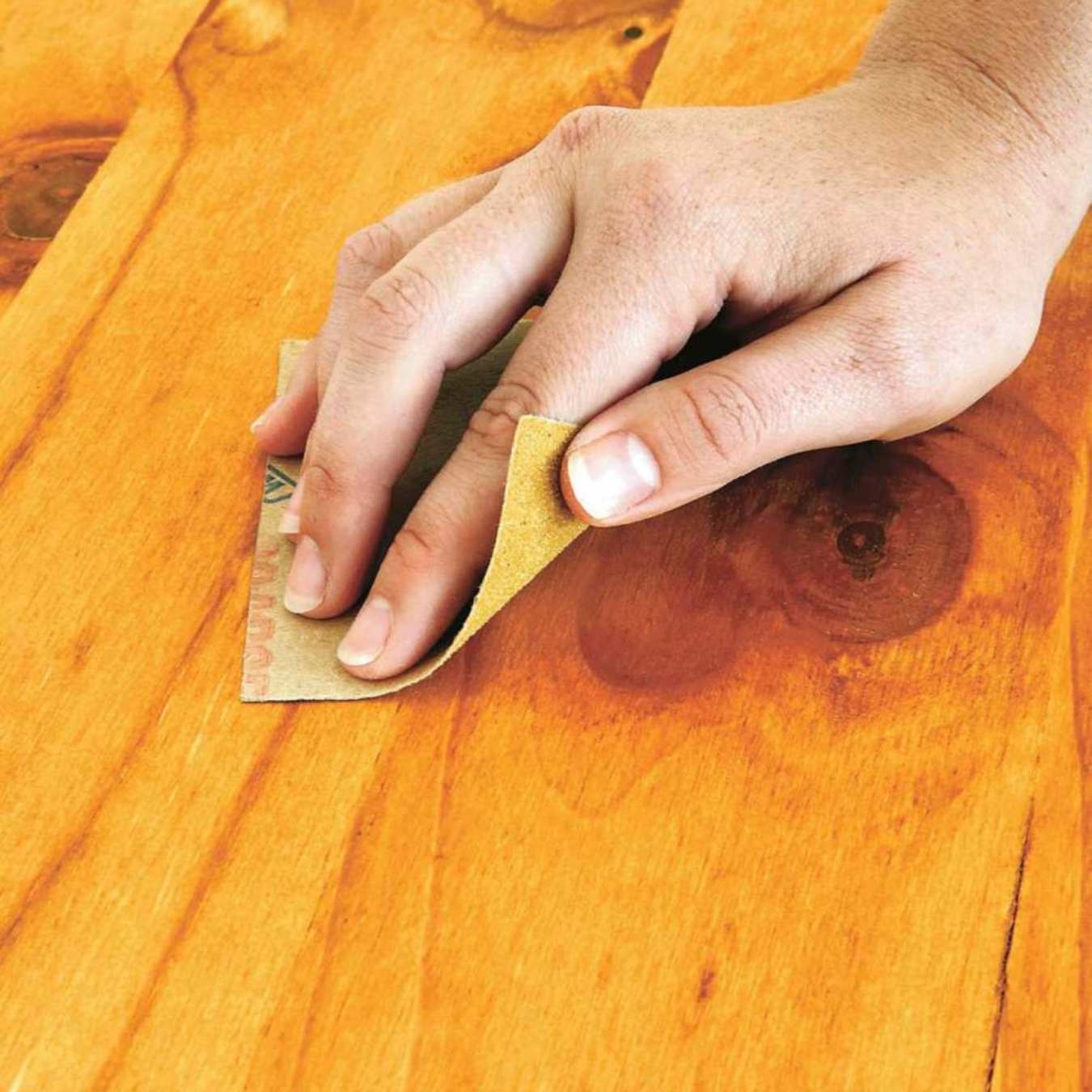
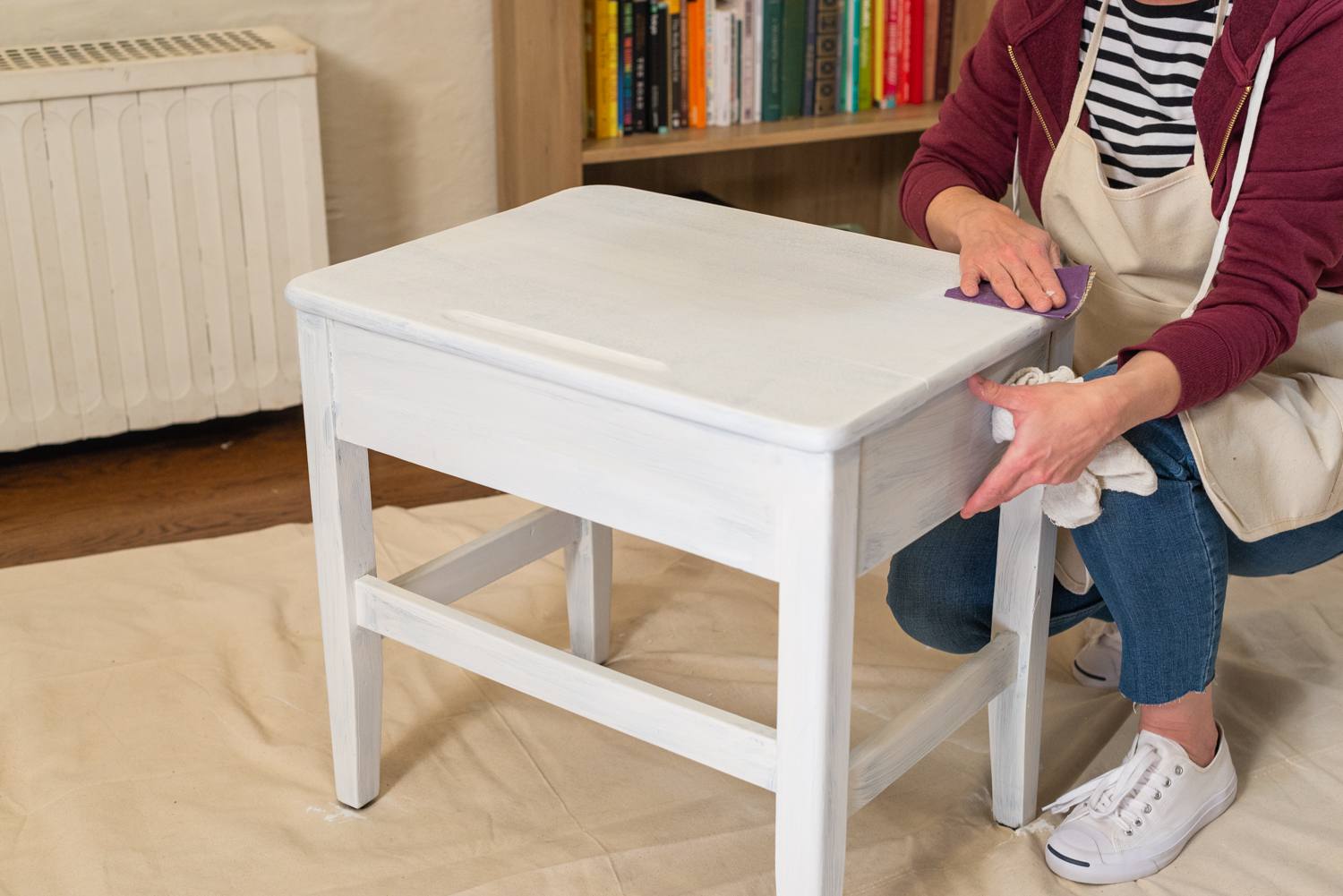
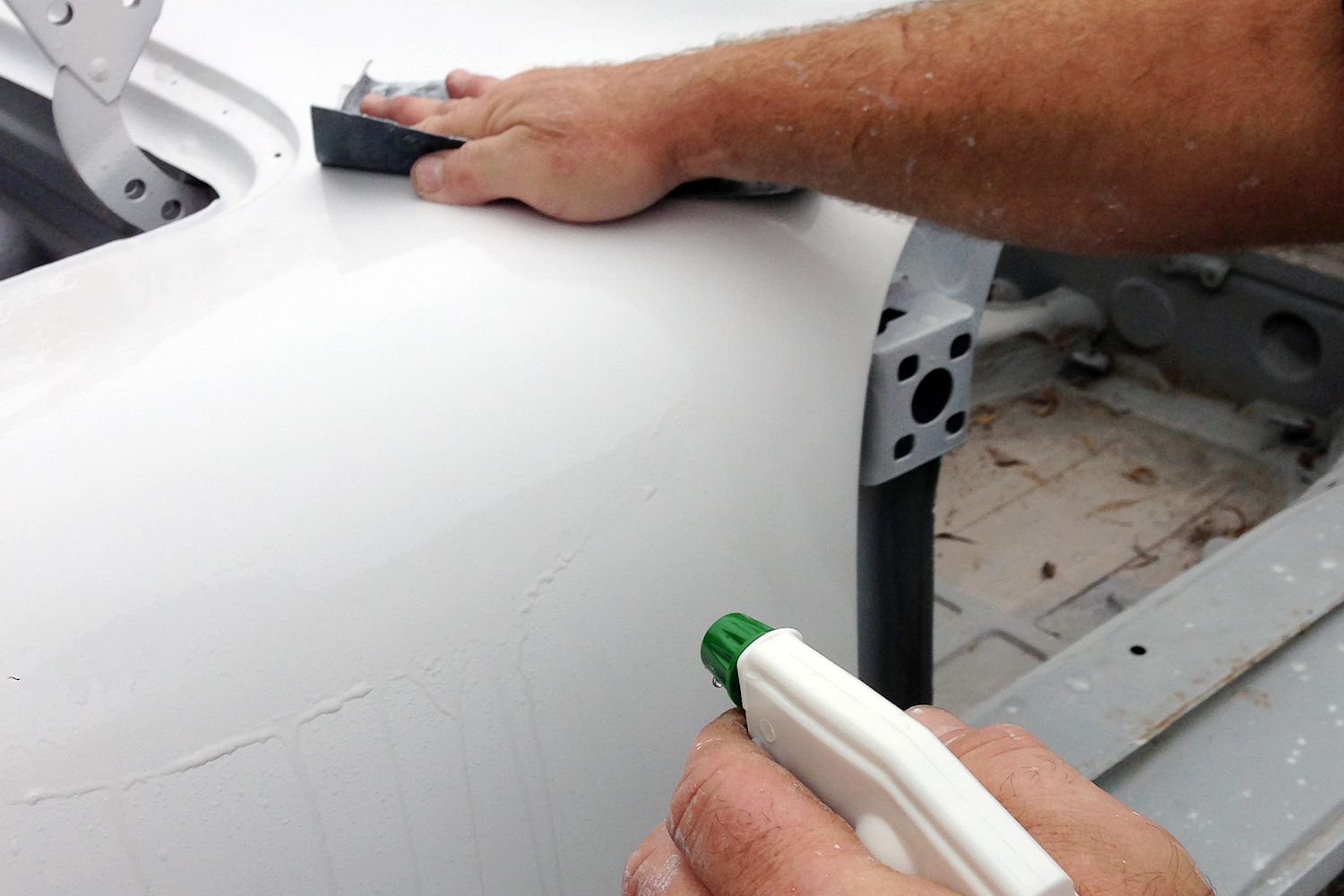
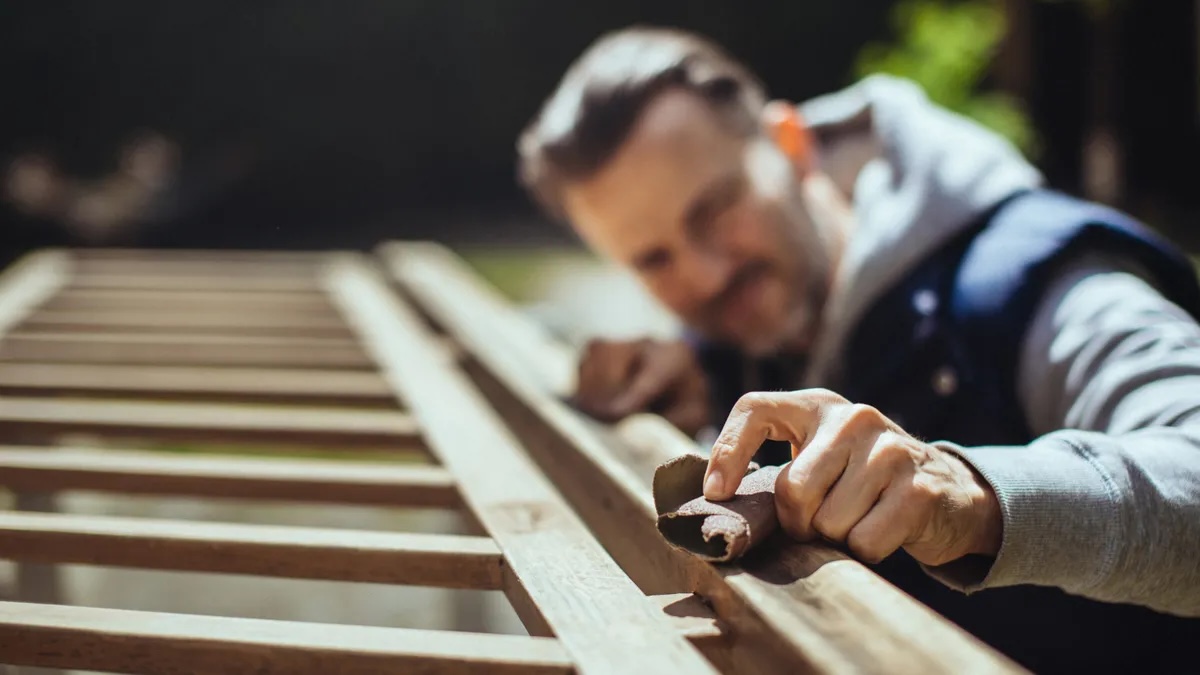
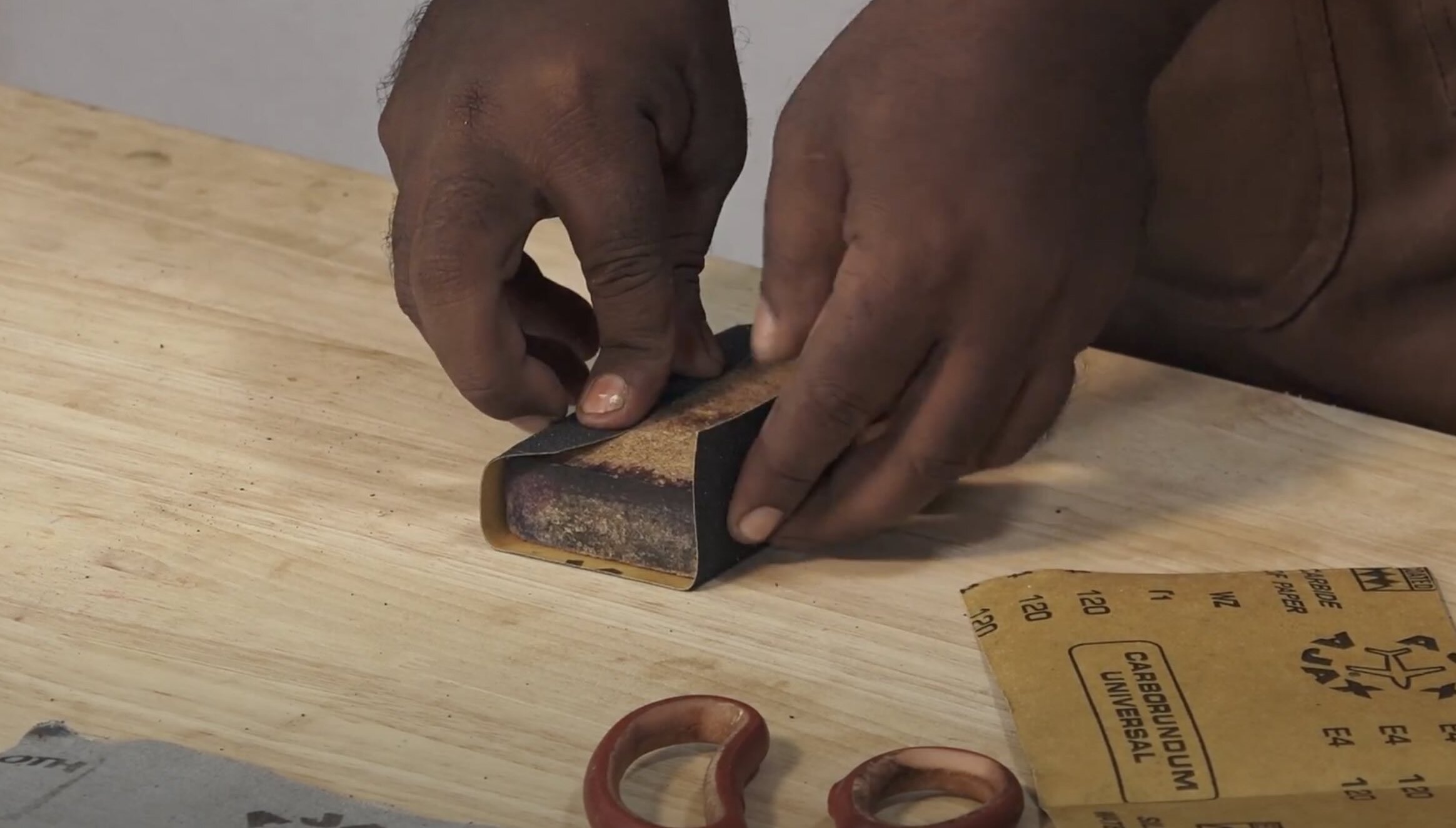
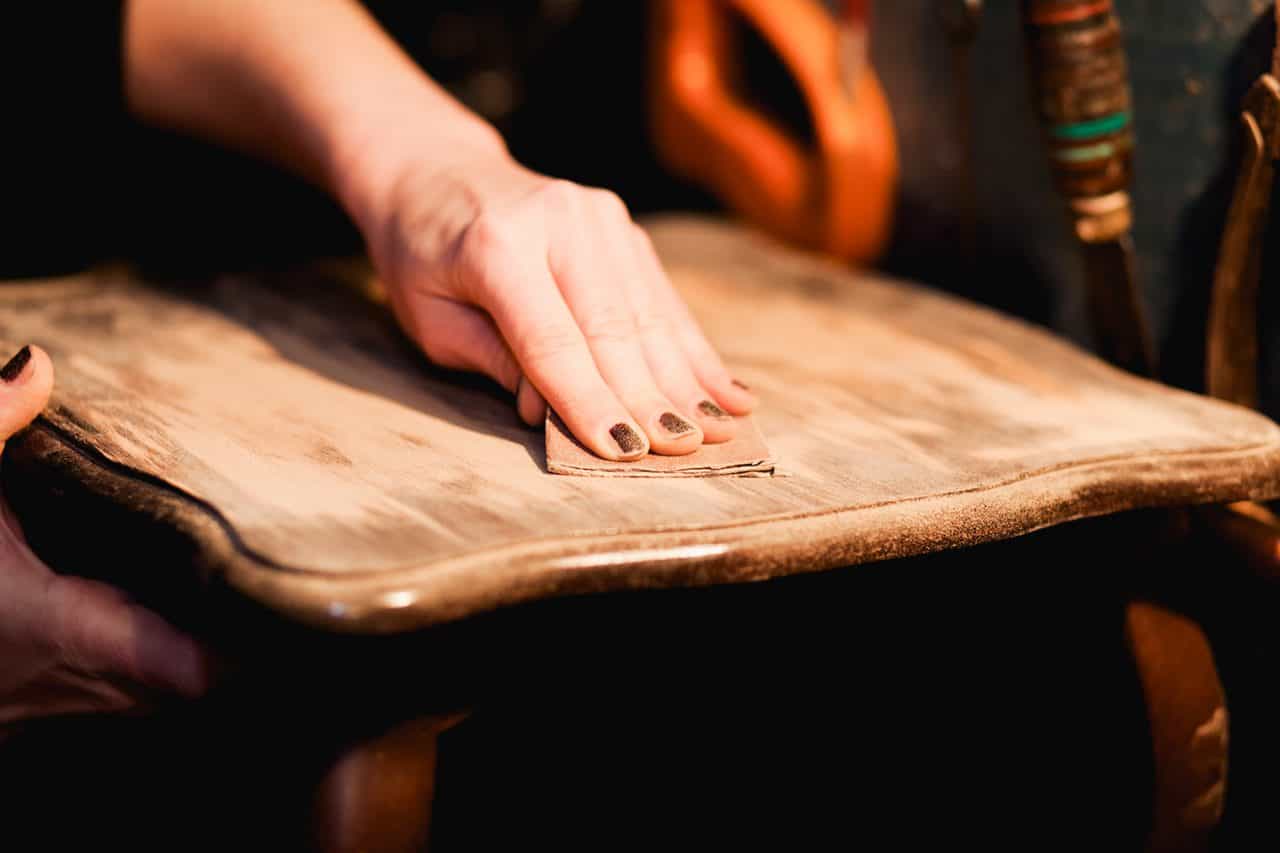
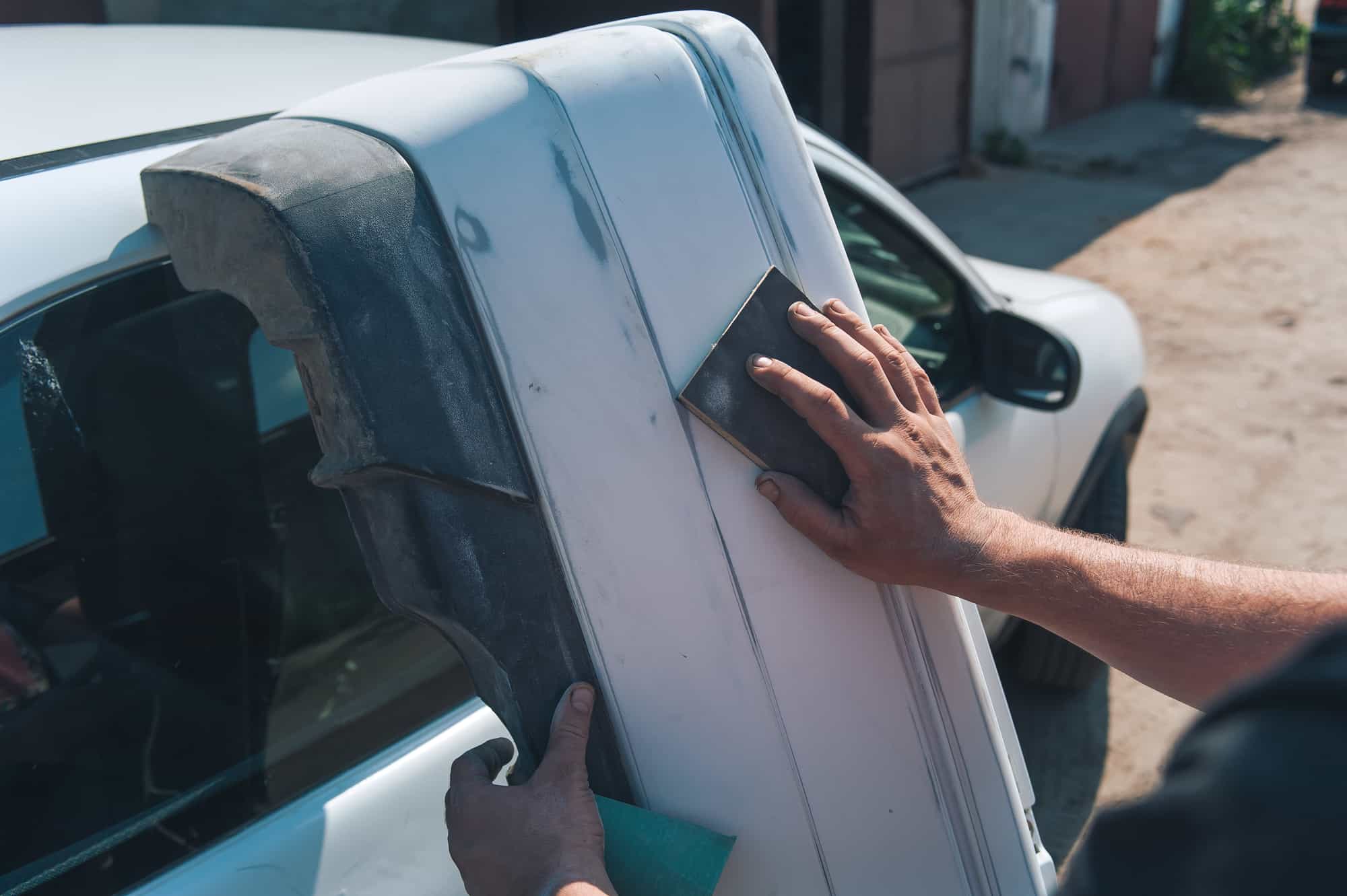
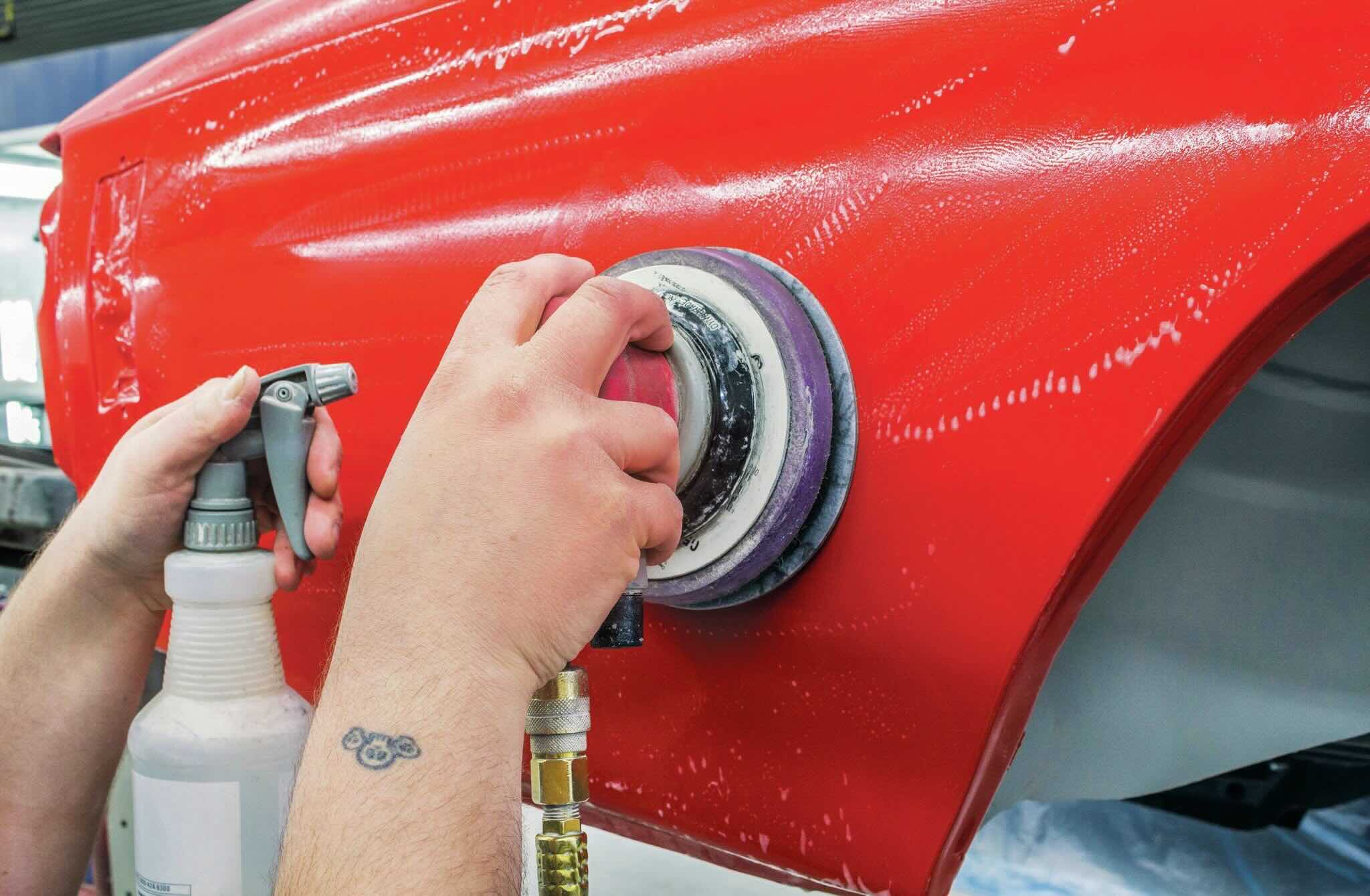

0 thoughts on “What Grit Of Sandpaper For Painted Wood”